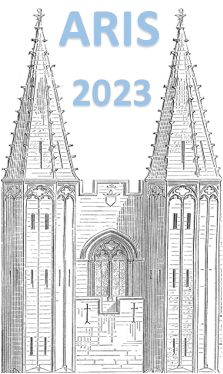Présidents de session
plenary 10
- Gerda Neyens (KU Leuven)
Breakthroughs in our treatment of the many-body problem and nuclear forces are rapidly transforming modern nuclear theory into a true first-principles discipline. This allows us to address some of the most exciting questions at the frontiers of nuclear structure and physics beyond the standard model.
In this talk I will highlight recent advances which now allow for global converged...
The location of the neutron dripline is crucial to understand the stability of nucleonic many-body systems with extreme neutron-to-proton ratios.
It provides a benchmark for nuclear theories and mass models, and an important key to understand underlying nuclear structure and interactions.
The neutron dripline has been experimentally determined up to oxygen (atomic number $Z$ = 8) as $^{24}$O...
The AGATA $\gamma$-ray tracking array represents the state-of-the-art of in-beam gamma-ray detection. Its capabilities rely on the high segmentation of its High Purity Germanium detectors to provide position sensitivity and, as a result, the ability to track gamma rays.
In this contribution, we will present an overview of the experiments performed during the first phase of AGATA's...
Approaching the limits of nuclear binding, the structure and properties of drip-line nuclei is of great interest and draws a lot of attention from both, experiment and theory. The nuclear properties in the light lanthanide region are shaped by the interplay between large beta-decay Q-values, low or negative proton separation energies, and the confining effects of the Coulomb barrier. From...

